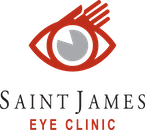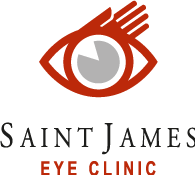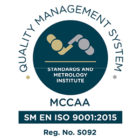It is important that a squint is treated as soon as possible after being detected. If it is not treated, vision problems, such as those caused by a lazy eye (amblyopia), are likely to get worse or could become permanent. Treatment is most effective in very young children.
Treatment options
Visual Field Test
Several types of treatment are available for squints, including:
- Glasses
- Eye exercises
- Botulinum toxin injections
- Corrective surgery
Glasses
Glasses are one of the most common treatments for squints. They can be used to correct vision problems (refractive errors) that may be causing the squint, such as:
- Short-sightedness (myopia)
- Long-sightedness (hyperopia)
- An unevenly curved cornea (astigmatism)
Children’s glasses will have plastic rather than glass lenses to reduce the risk of possible injury.
Eye exercises
In some cases, it may be possible to treat a squint using special eye exercises that help the eyes work together.
Botulinum toxin injection
Botulinum toxin may be a treatment option for some types of squint. It can be injected into one of the muscles that move the eye. The injection temporarily weakens the injected muscle, allowing the eyes to realign.
The effects of botulinum toxin usually last around three months. After this time, the eyes may stay in position or they may go back out of alignment and require further treatment.
Children will usually be given medication to help them relax (a sedative) before having the botulinum toxin injection.
Botulinum toxin injections can cause temporary side effects such as:
- a droopy eyelid (ptosis)
- the eye “drifting” slightly, so it appears as if one eye is looking up
- double vision
- some bleeding over the white part of the eye
Corrective surgery
If non-surgical treatments don’t work, surgery may be recommended to improve the alignment of the eyes and help them work together.
Surgery involves moving the muscles attached to the outside of the eye to a new position. It may be necessary to operate on both eyes to balance them, even if the squint is only in one eye.
The operation is carried out either under general anaesthetic and usually takes less than an hour to perform. It is carried out as a day case, so the patient can go home the same day.
During the operation, the eye will be kept open using an instrument called a lid speculum. The ophthalmologist (eye care specialist) will detach one part of the muscle connected to the eye and will either move it backwards to weaken the pulling effect, or shorten it to increase the pulling effect. Once the correction has been made, the muscles will be sewn back into place using dissolvable stitches.
Risks of surgery
As with any kind of operation, there is a risk that problems will arise due to surgery to fix a squint. If you or your child are having surgery for a squint, ask your eye care specialist to discuss the possible risks with you before the operation.
Recovering from surgery
It can take several weeks to fully recover from corrective eye surgery. After surgery, you may have a sore eye for a few days. The pain can be treated using simple painkillers. Children under 16 years of age should not be given aspirin. If the pain does not improve, speak to your eye care specialist.
Following eye surgery, a pad may be put over the affected eye, which will usually be removed before you are discharged from hospital. There is no need to wear a patch or bandage at home and you can return to daily activities, such as reading, as soon as you feel able to.




